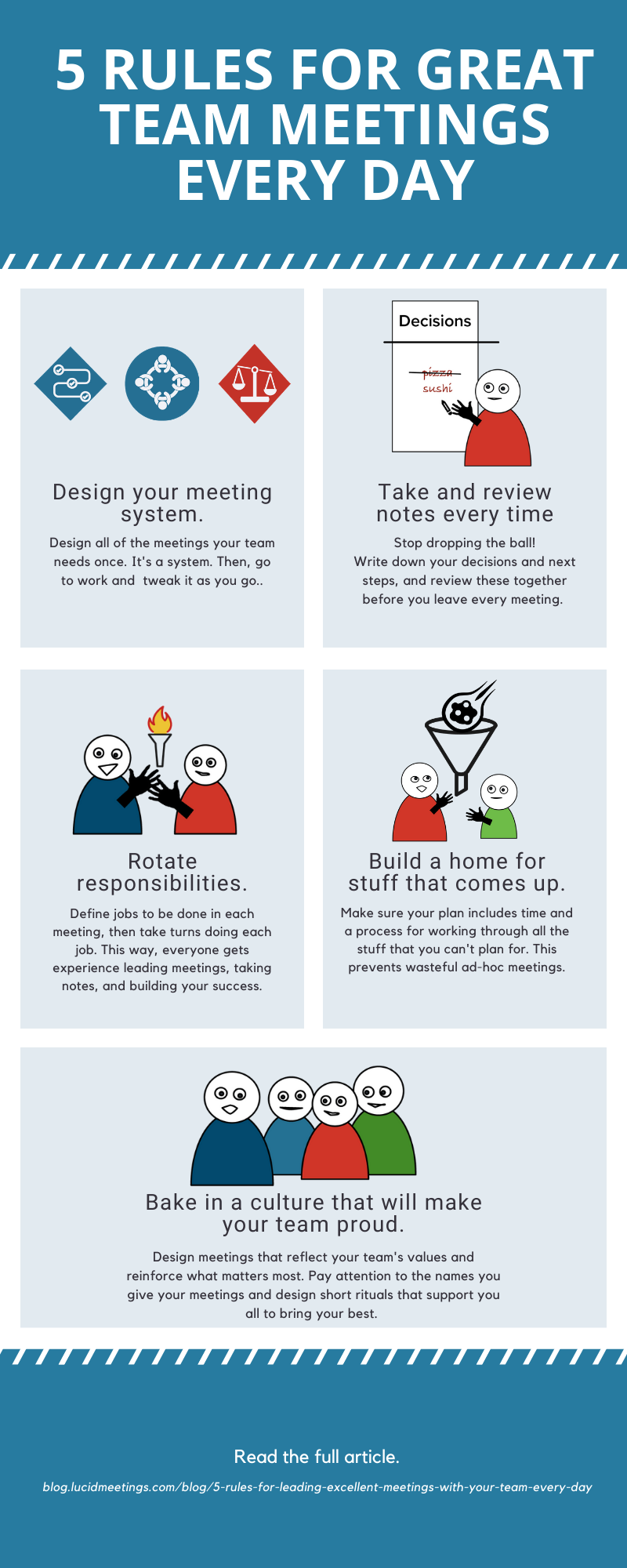Should you talk about the news at work? If so, how?
Several years ago I wrote an article for Inc. about 3 Powerful Ways to Help Your Team Cope With Tragedy. At the time, the tragedy was the burning of Notre Dame.
Last week’s invasion of Ukraine resurfaced this conversation. Looking back, the Notre Dame fire seems merely unfortunate in comparison to the events of the past several years. We’ve been bombarded by tragedies, and many teams have developed better ways of processing these events together.
Even still – when new events unfold, we need to decide:
What should we do in our upcoming meetings?
Should we begin by acknowledging what’s happening, even though most meetings deal with entirely unrelated topics? And how can you NOT talk about it?
As a meeting leader, you may feel it’s important to address something that you believe is or should be on everyone’s mind before diving into your agenda.
You might be right, You might also be making an assumption that could derail your meeting.
So, before deciding what you should do, let’s look at what you can do. You have three basic options:
- Leave it at the door.
Move forward with your original meeting plan as if this is the only thing that matters at this moment. - Acknowledge it.
Make a statement at the beginning of your meeting acknowledging this larger something, then move on. - Begin by clearing.
When a group clears, each individual can share something to “clear their minds” for the discussion to come. They can also choose not to share.
Here’s a bit more about how each option works to help you decide which one best serves your group.
When You Might Want to Leave It at the Door
When you’ve invited a group to accomplish a very specific goal, you’ve made a promise about what they’ll get in return for their time. And sometimes, people really appreciate/need a break from the doom.
If raising an issue that’s unrelated to your meeting (but that you personally want to address) could undermine your group’s ability to achieve their goal, you should consider leaving it outside the meeting. Otherwise, you run the risk of abusing your meeting leadership role by using the group for your personal therapy session.
When You Might Want to Share an Acknowledgement
An acknowledgment involves making a purposeful statement about something that is otherwise unrepresented in the conversation. Acknowledgments ask the group to recognize that their meeting is happening within a larger context.
That context is specifically chosen by the meeting leaders. It’s a way of saying “we need to be mindful of and care about this issue specifically.”
Acknowledgments are common in government, non-profit, and activist communities and during special events. When used in these settings, acknowledgments remind the group of their larger purpose. Examples include:
- Acknowledging sponsors, donors, volunteers, or creators who made the gathering possible
- Land acknowledgments recognizing ancestral ties to the meeting location (Examples: United States, Australia, Canada)
- Prayers to begin faith-based gatherings (Examples: interfaith, unity)
- Statements recognizing racial, ethnic, or class privilege
- Moments of silence to honor people impacted by disease, war, or natural disasters (Example statement created for 9/11)
Acknowledgments that aren’t related to your meeting’s purpose, however, run the risk of becoming “reconciliation lip service” if they aren’t linked to any substantive action, and can be interpreted as insincere virtue signaling rather than a genuine expression of care.
So – when in doubt, consider clearing.
When to Spend Time Clearing
Clearing is a process that makes space for the group to surface things that, if left unaddressed, can interfere with their ability to achieve their meeting goals. The key difference between a clearing and an acknowledgment is that in a clearing, the group chooses what to acknowledge rather than the meeting leader. In most clearing processes, people can also choose to pass.
Here are a few examples:
- The Core Protocols Check In
- Centering meditations, where the group reflects on their shared purpose in silence
- Check-in questions such as:
- Let’s take two minutes each to share: What’s top of mind for you right now, both personally and at work?
- Before we begin, is there anything that you want to acknowledge and clear today?
- What are your goals for this meeting? Is there anything that might be distracting you from that goal, and that you want to share and set aside?
An Example: Clearing in a Client Project Meeting
I decided to begin my meetings with a clearing this past week. Here’s how that worked out.
I said:
“It’s great to see you today. We’re here to talk about next steps on this project, but before we dive into that, I know there’s a lot on everyone’s mind right now. Shall we take a moment to catch up and get all that out before we discuss the project?”
I expected everyone to talk about Ukraine because that was the most important issue to me. Here’s how the group responded.
- One woman said that she was exhausted from trying to hit a looming deadline and hadn’t moved away from her desk in the last 3 hours. She needed a 5-minute break to visit the restroom and get a glass of water. We all encouraged her to take that break then rejoin us.
- Another person’s wife was heading into surgery the next day, and he was feeling overwhelmed by all the text messages from concerned relatives. People shared best wishes and resources they’d found useful from times they were in similar situations.
- One person was worried that their internet would go out due to a storm. They were concerned that we would assume they left intentionally and get offended if that happened. We thanked them for the heads up and promised to take great notes just in case.
- Finally, one person shared how appalled there were by the Russian invasion of Ukraine. We talked about what we’d heard, our confusions, our hopes, and our concerns. We reiterated our shared vision for a prosperous world at peace.
Then, we talked about our project.
I hope these examples prove useful to you. This post was inspired by a conversation with a group of facilitators who are asking brave questions. As you discover other useful ways of discussing the news at work, please share them here.



